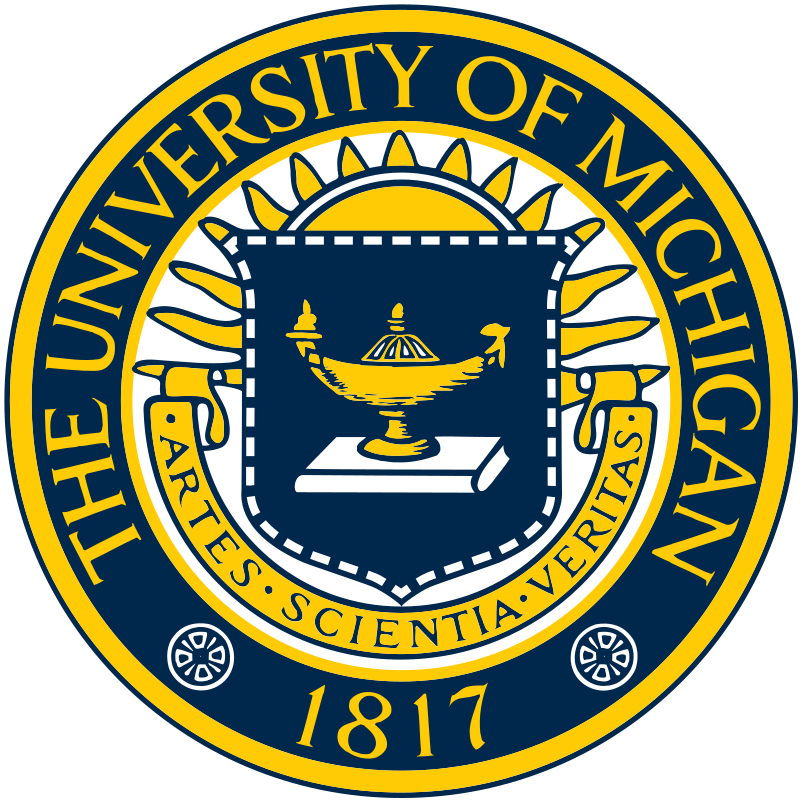Table of Contents
- General Information
- Vaccine Related Pathogen Genes
- Vaccine Related Host Genes
- Vaccine Information
- BV-GD-ORF2
- PCV2 DNA Vaccine encoding ORF2 Protein
- Porcilis-PCV2
- Porcine Circovirus Type 1 - Type 2 Chimera, Killed Virus Vaccine (USDA: 19K5.R1)
- Porcine Circovirus Type 2, Killed Baculovirus Vector Vaccine (USDA: 19K5.R0)
- Porcine Circovirus Type 2, Killed Baculovirus Vector Vaccine- Mycoplasma Hyopneumoniae Bacterin (USDA: 49K5.R1)
- Porcine Circovirus Type 2, Killed Virus Vaccine (USDA: 19K5.20)
- Porcine Reproductive & Respiratory Syndrome-Circovirus Reproductive & Respiratory Form, Type 2, Modifed Live Virus,Killed Baculovirus Vector Vaccine-Mycoplasma Hyopneumoniae Bacterin (USDA: 49K9.R0)
- PrV-PCV2-ORF2
- rSPV-PCV2-cap
- Suvaxyn PCV2
- References
| I. General Information | ||||||||||
|

Loading Pathogen Genes...

Loading Host Genes...

Loading Vaccines...
Loading References...


